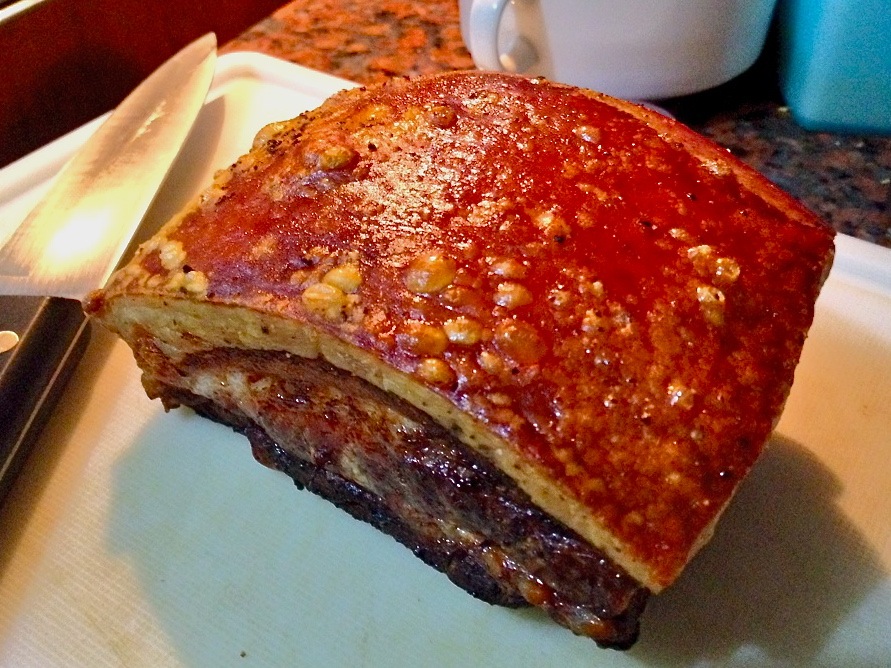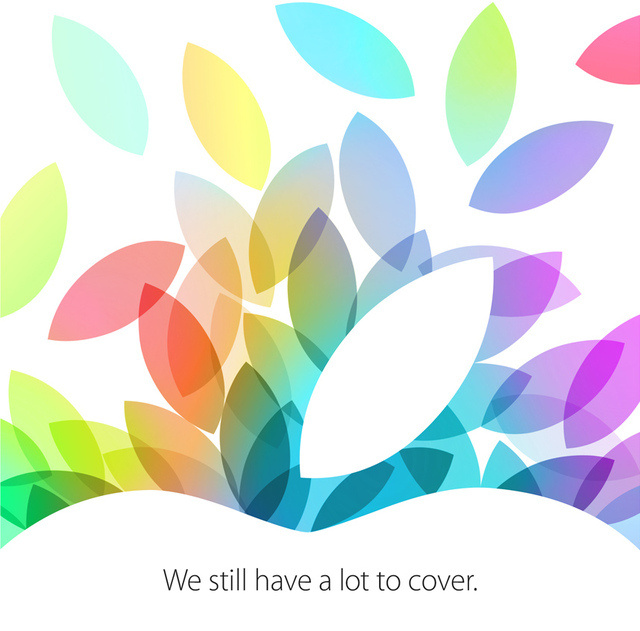 Jeanne likes the crunchy skin of lechon (roasted pig). Who doesn’t, right? But it’s rather impractical to roast your own pig so I decided on a more manageable piece of the pig and made oven-roasted pork (lechon sa hurno).
Jeanne likes the crunchy skin of lechon (roasted pig). Who doesn’t, right? But it’s rather impractical to roast your own pig so I decided on a more manageable piece of the pig and made oven-roasted pork (lechon sa hurno).
1 kg pork belly with ribs
salt
pepper
Preheat oven to around 200°C.
Sprinkle salt and pepper all over the pork.
Wrap the pork tightly in aluminum foil except for the skin. Poke holes at the bottom for the oil to drain out.
Line a pan with aluminum foil and put pork on it
Roast for 1½ to 2 hours.
Increase heat to around 240°C and roast for another 20-30 minutes or until skin is crispy.
Chop and serve!
